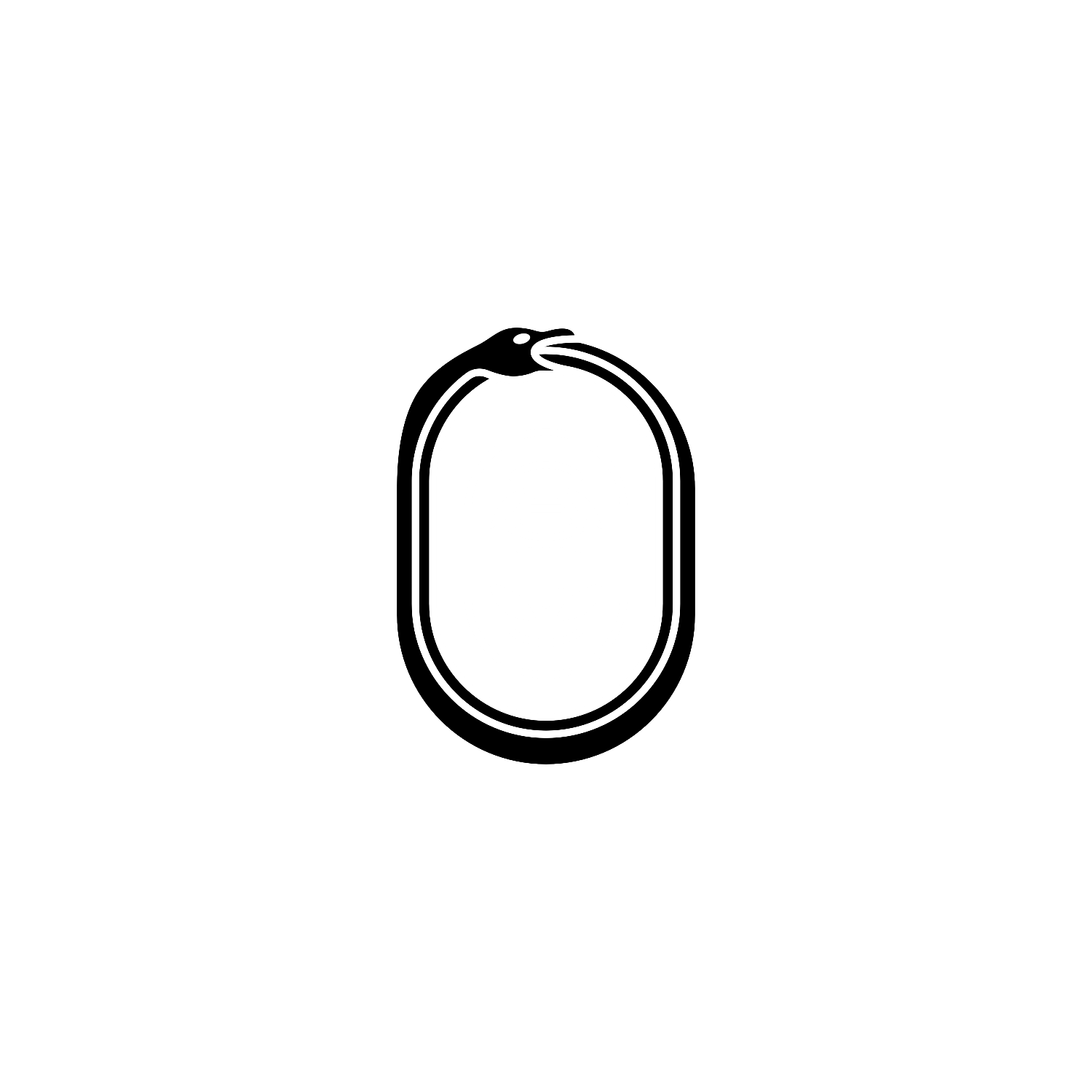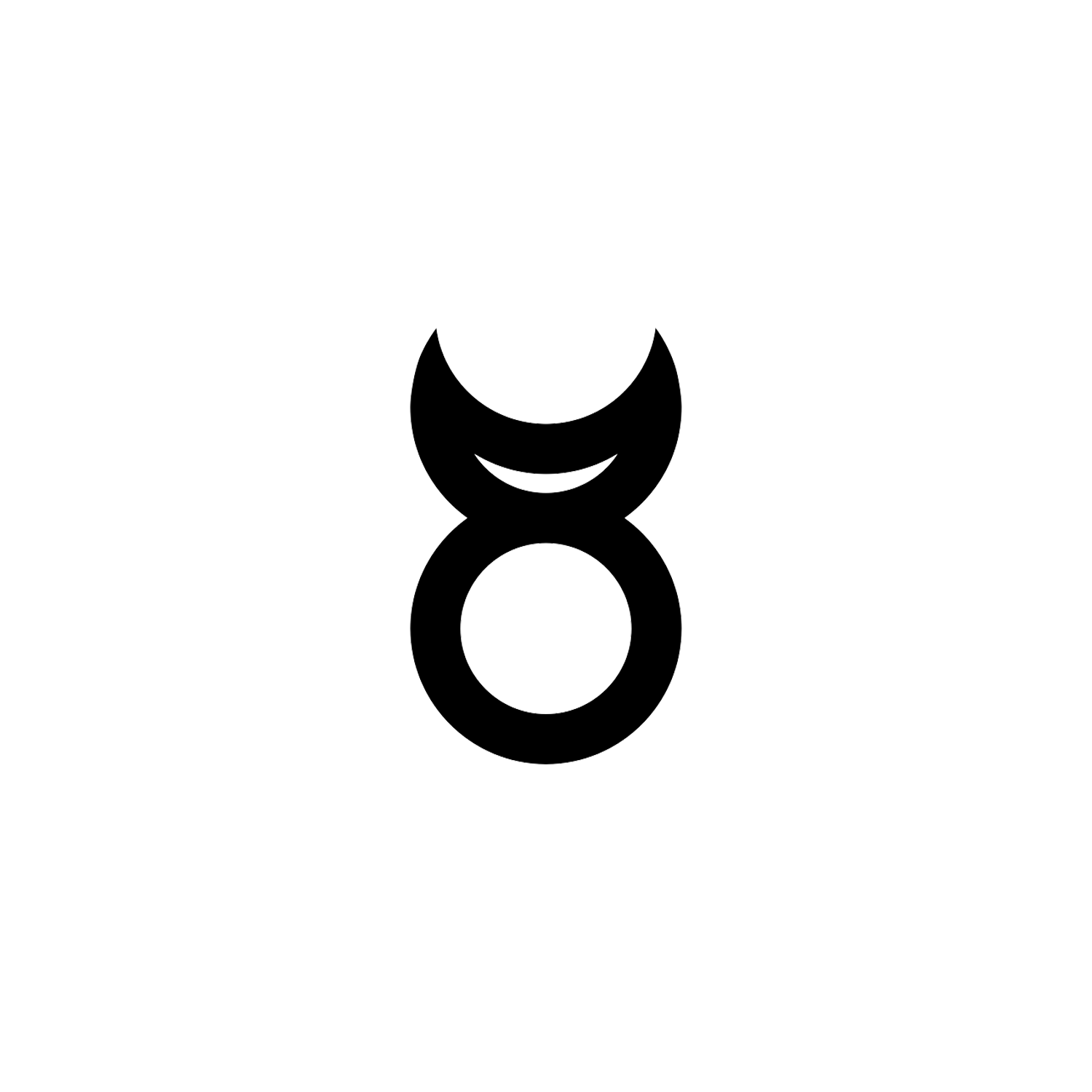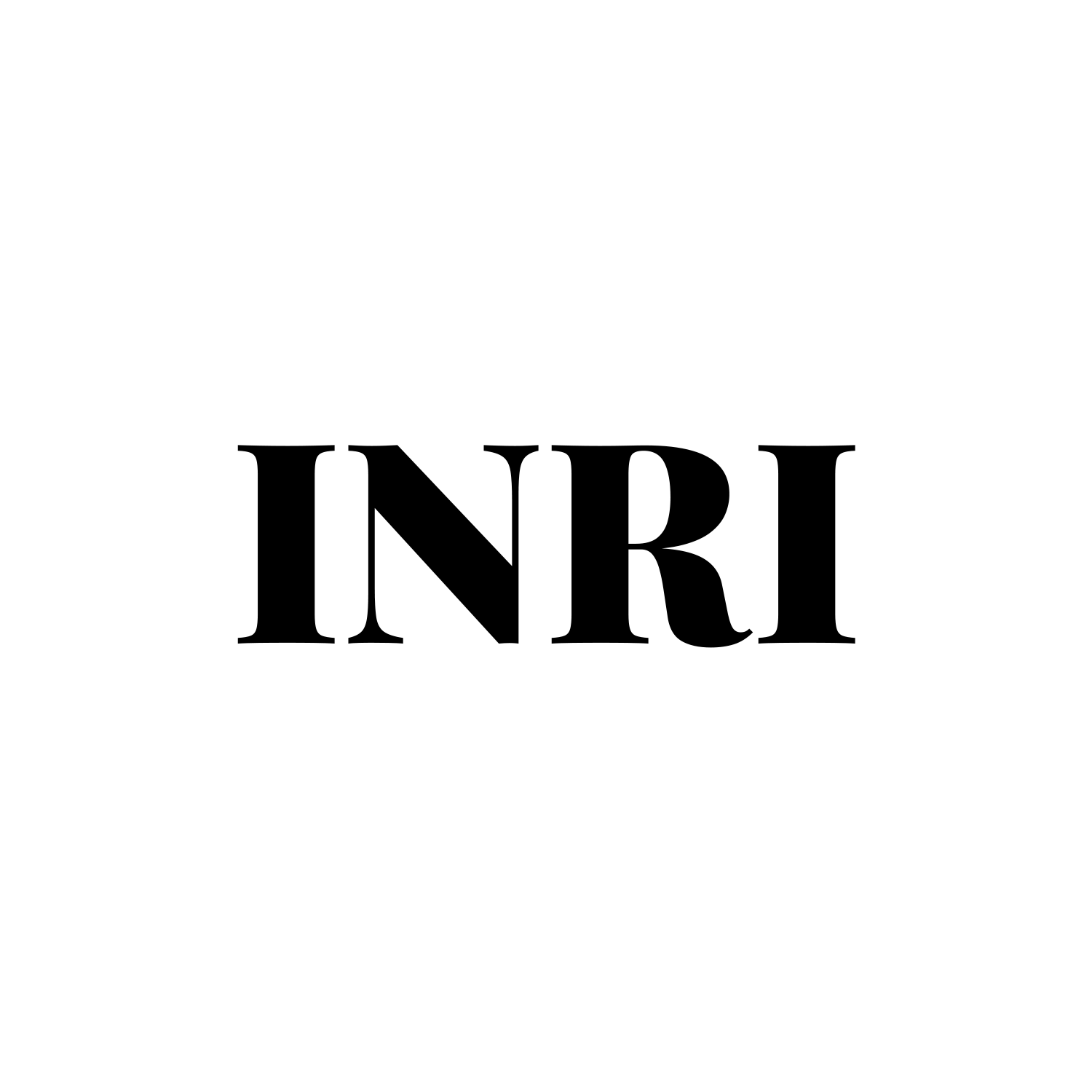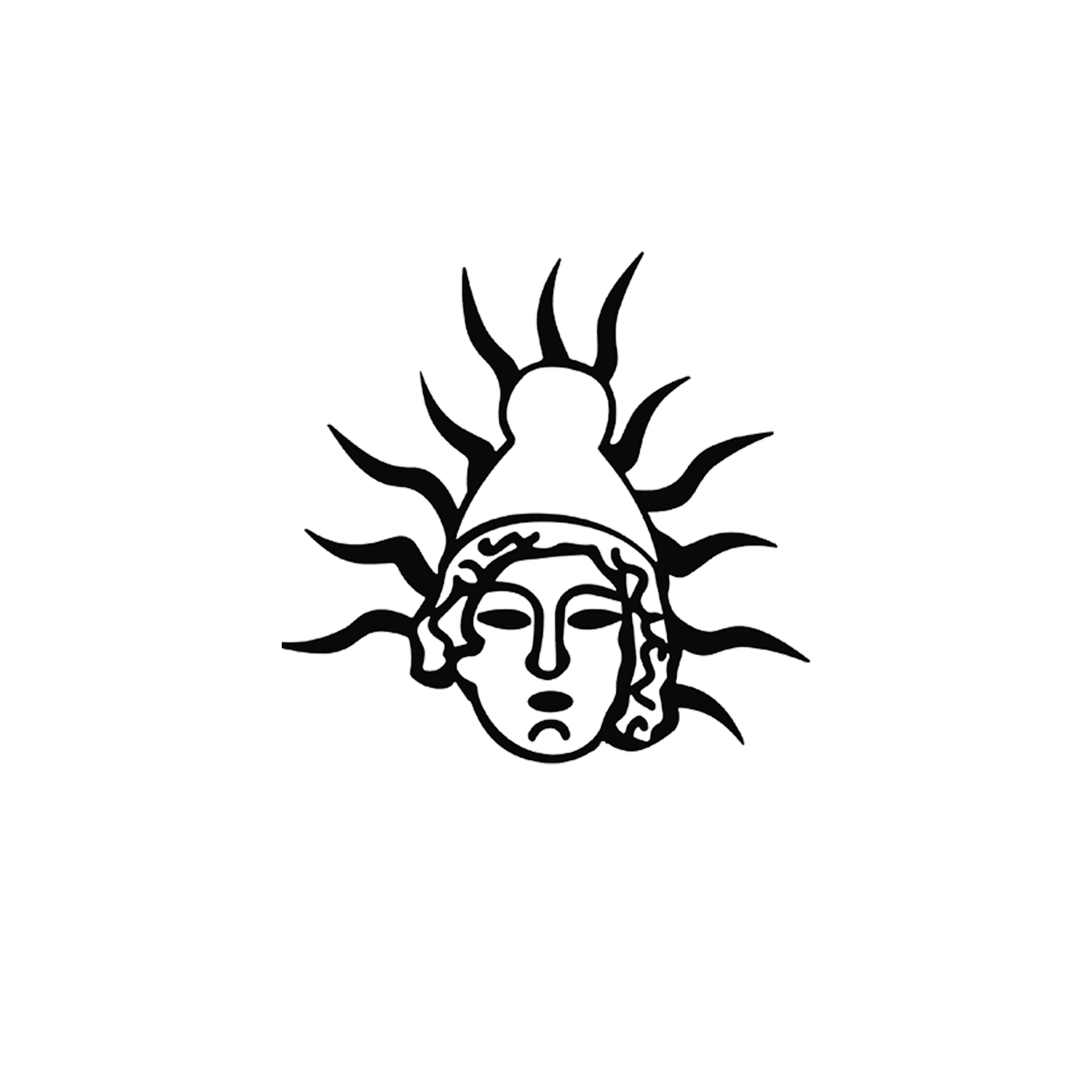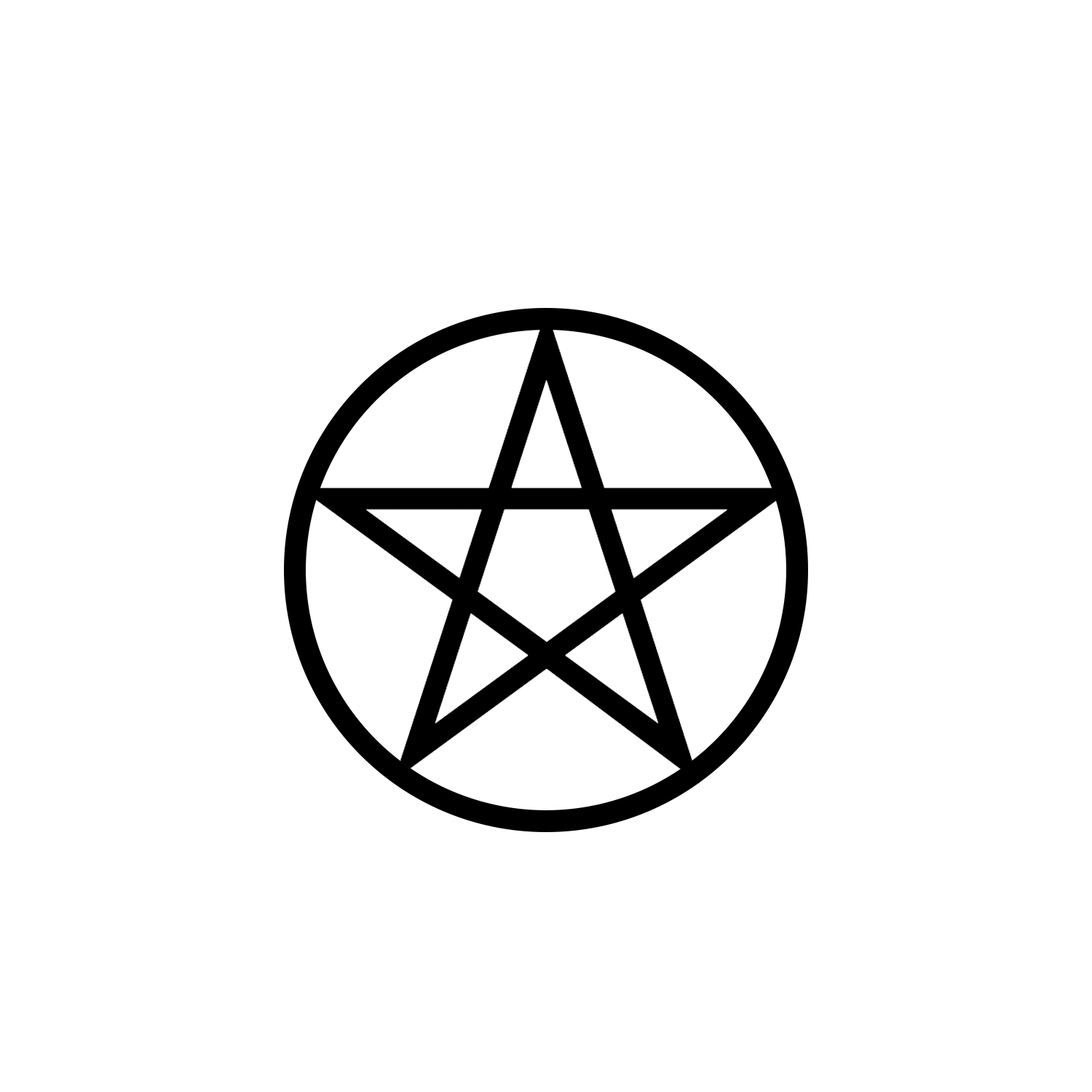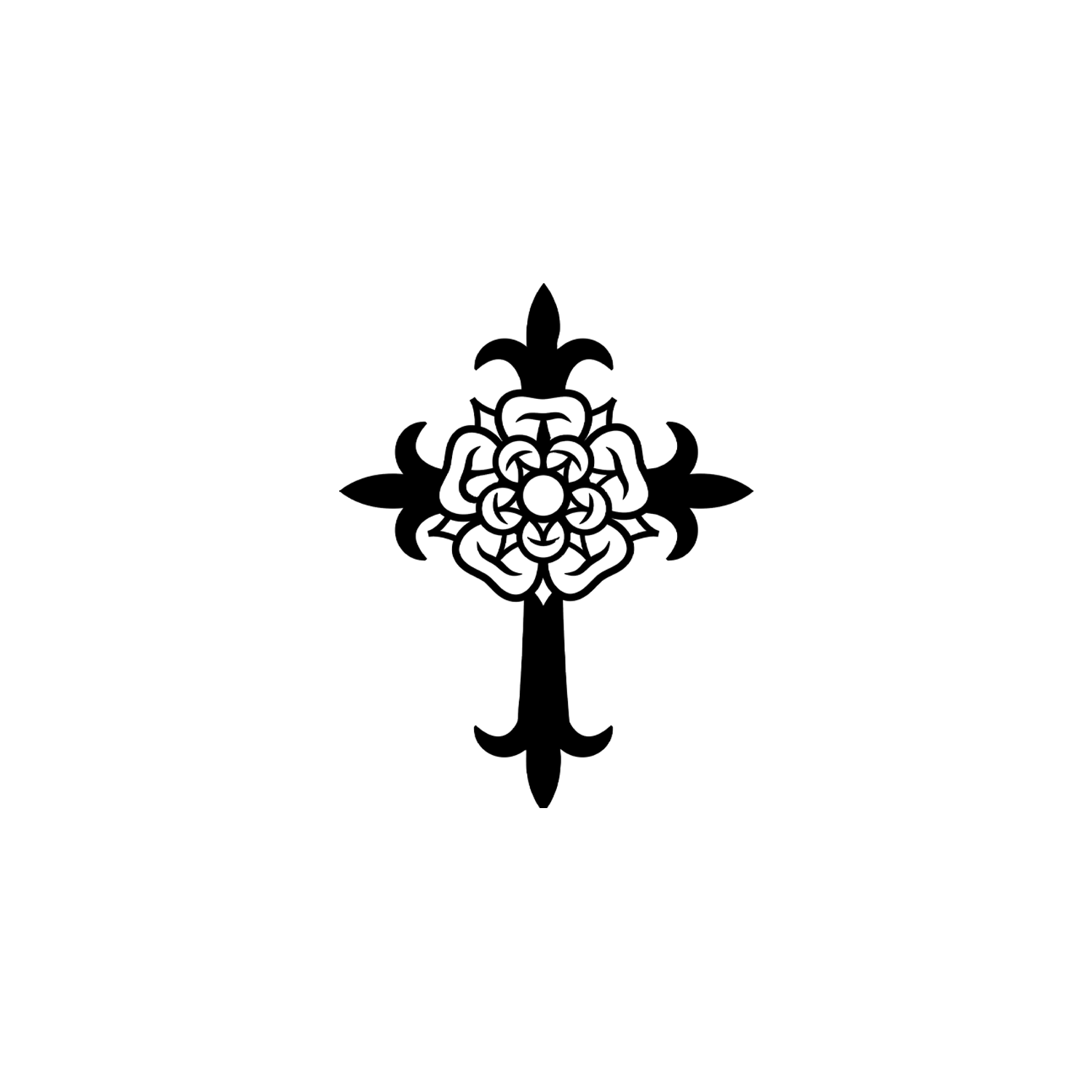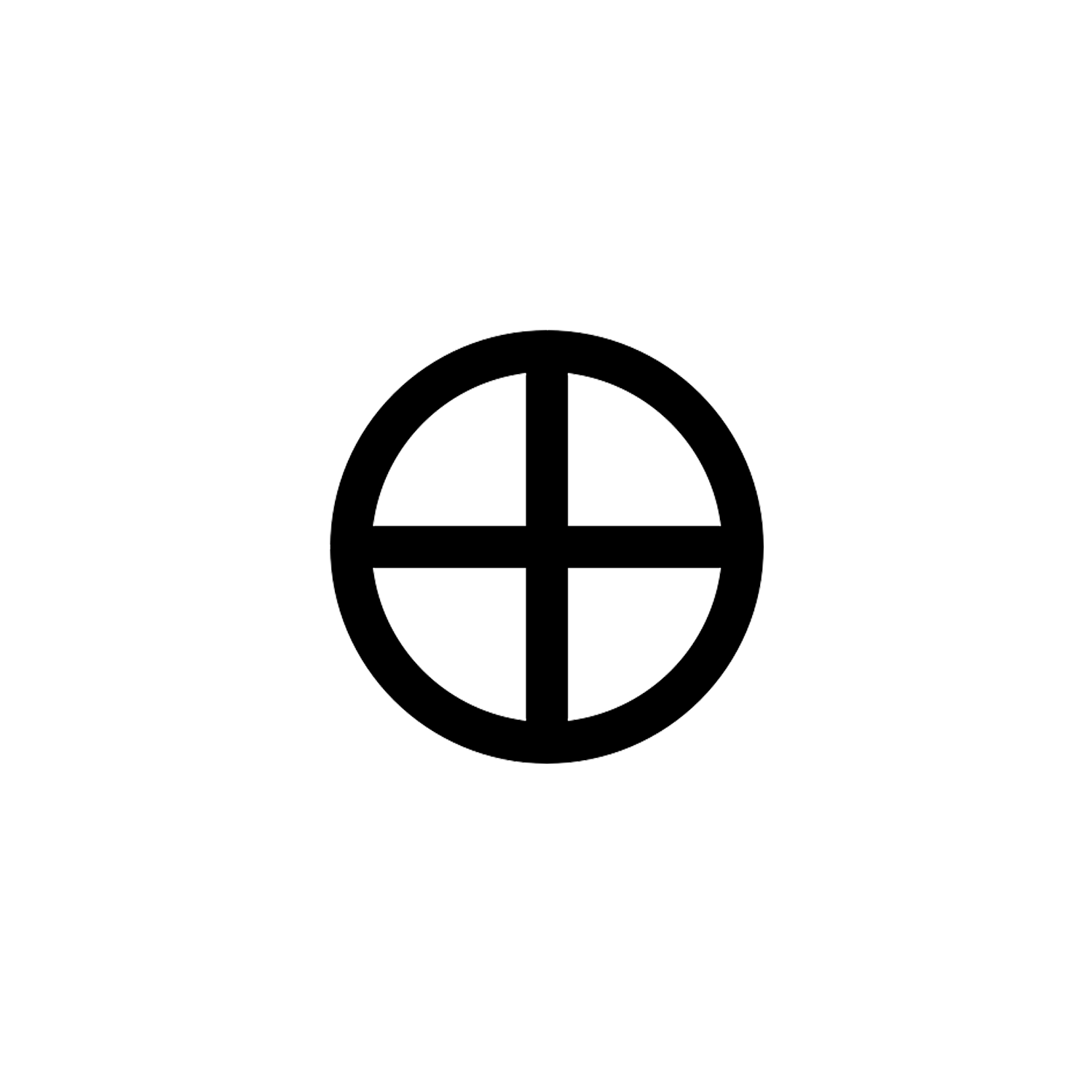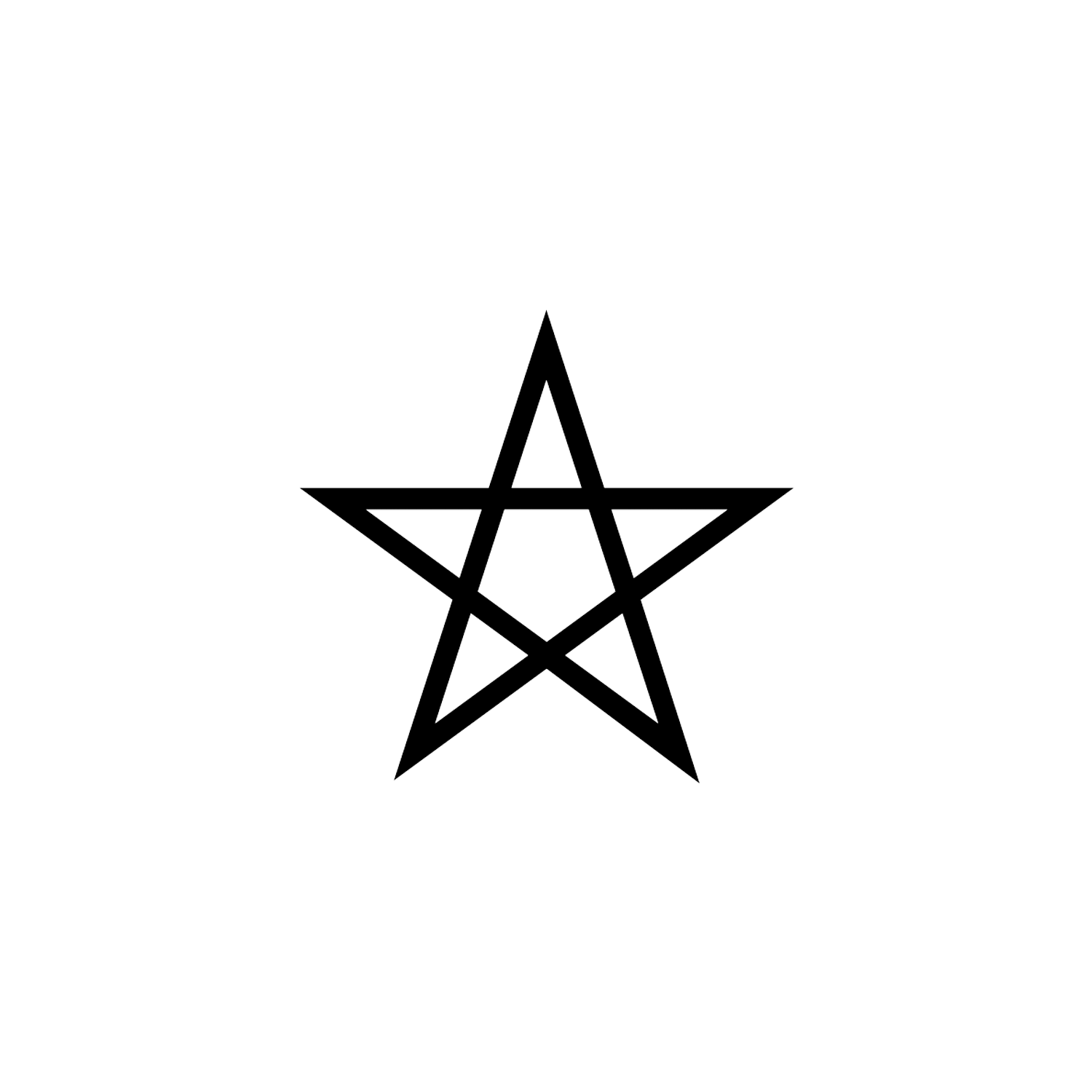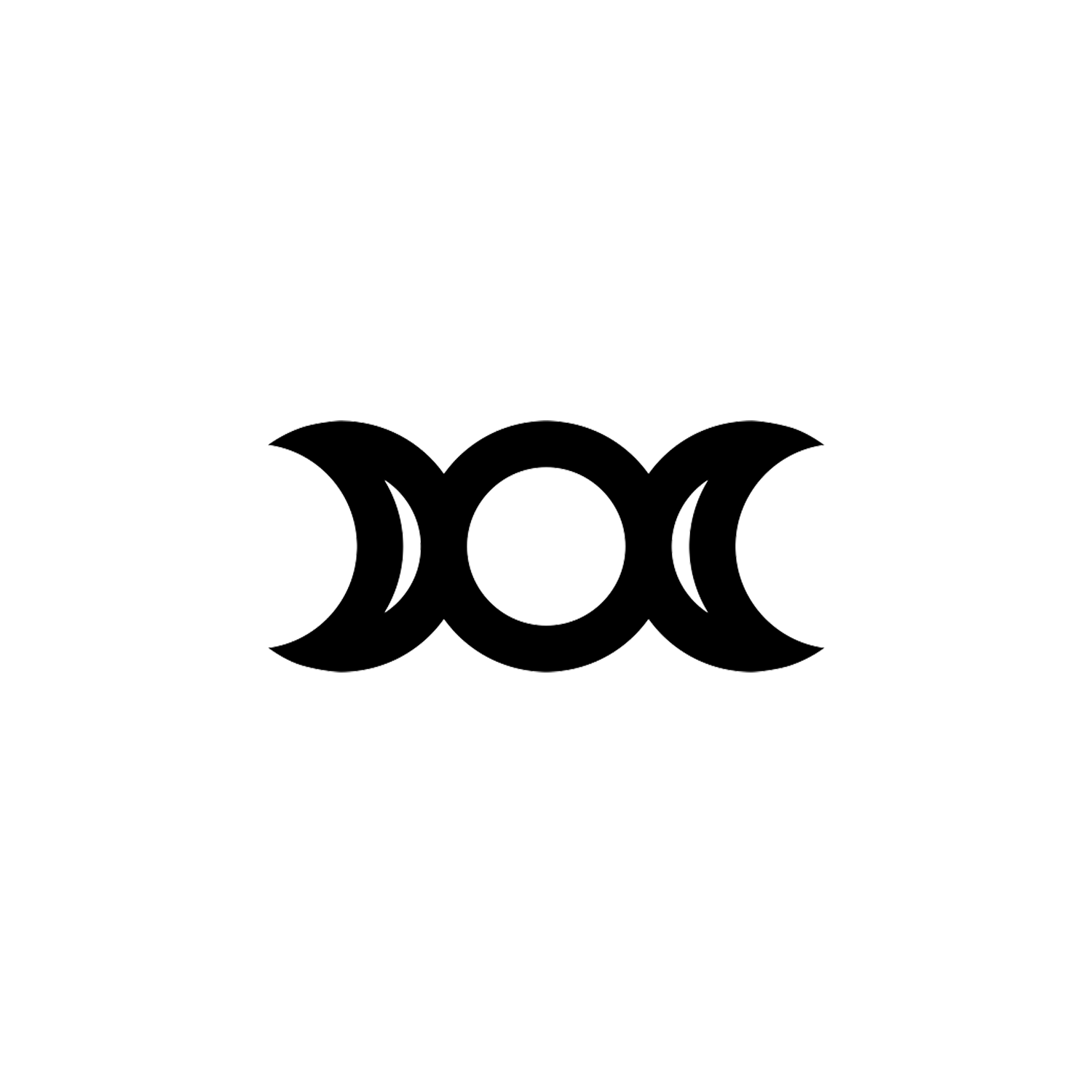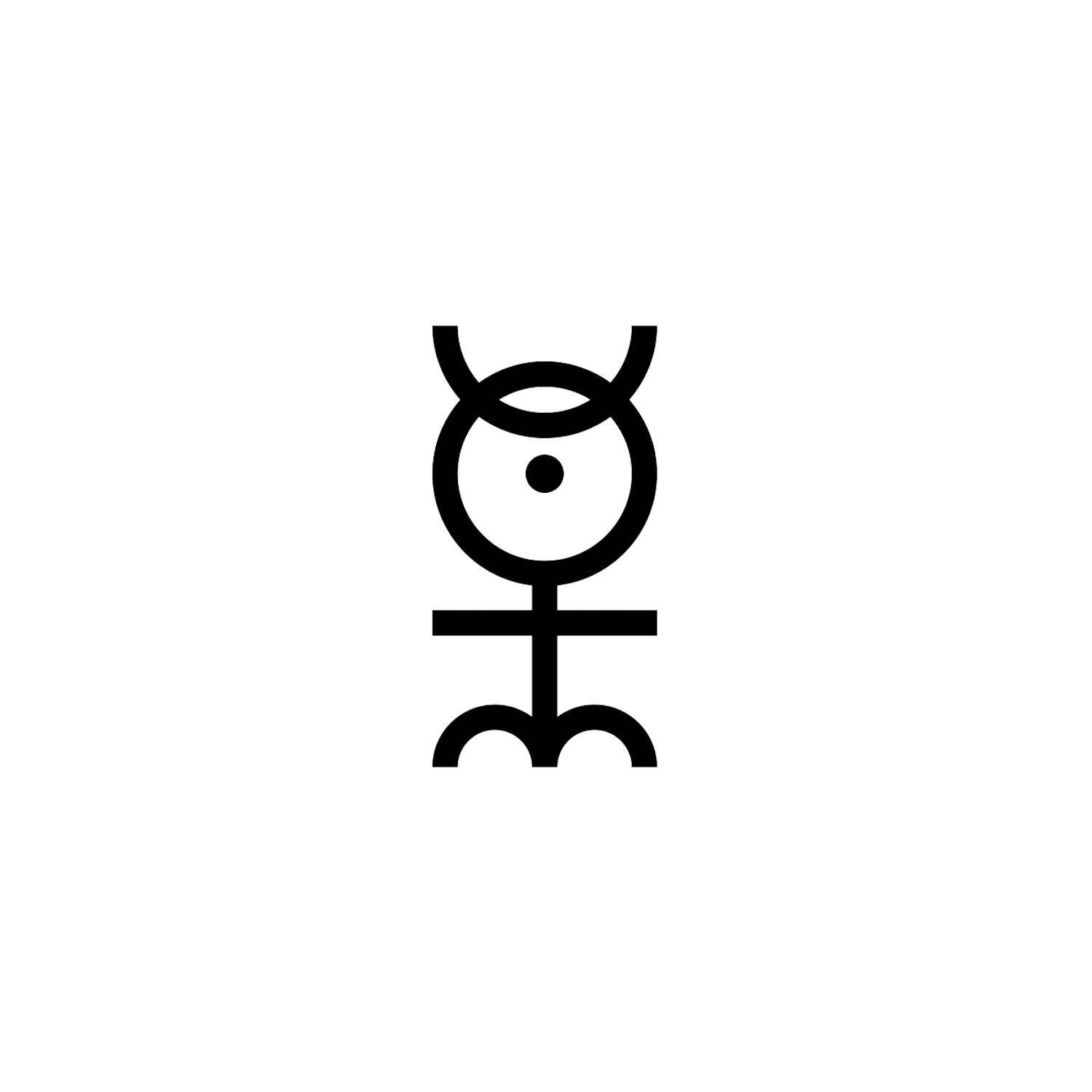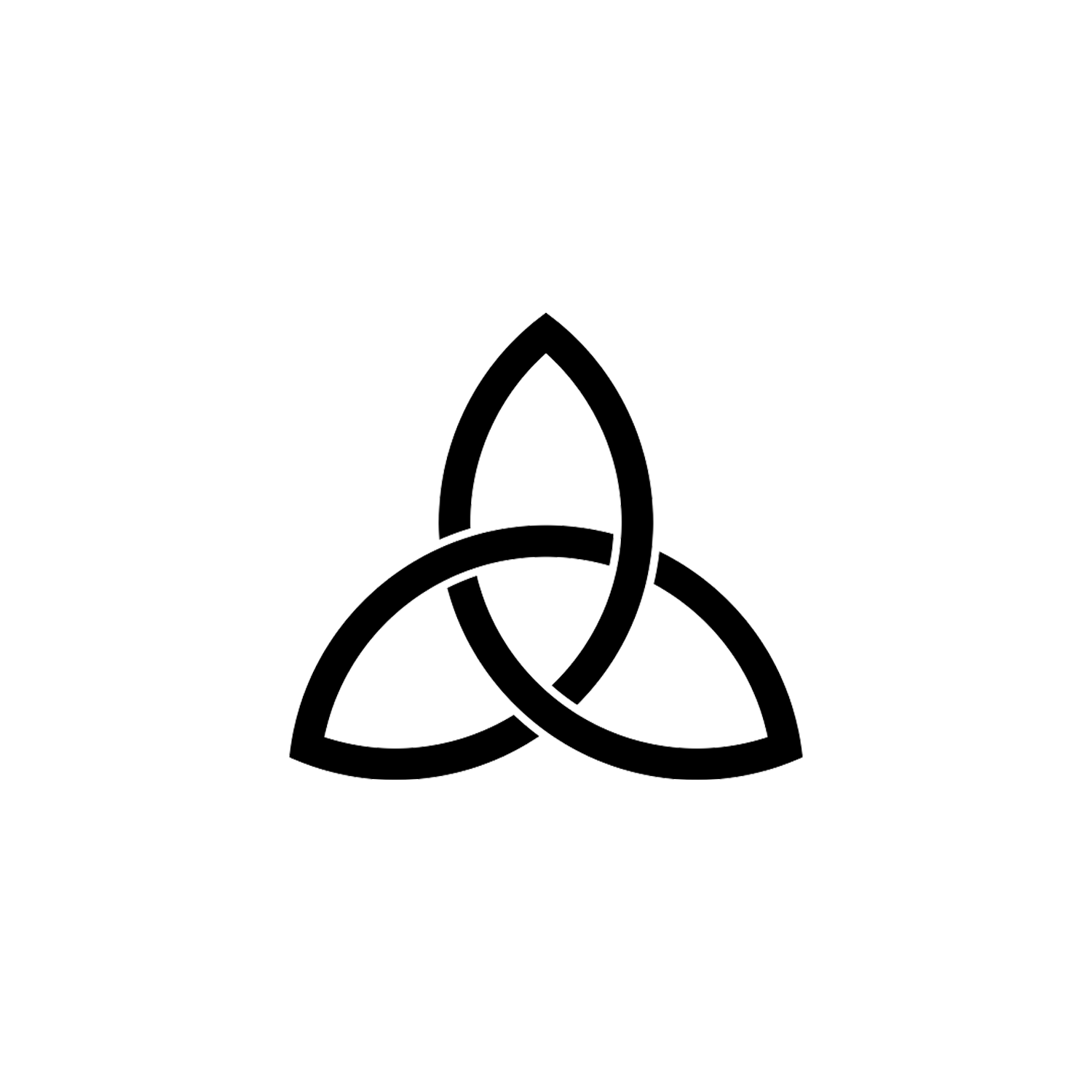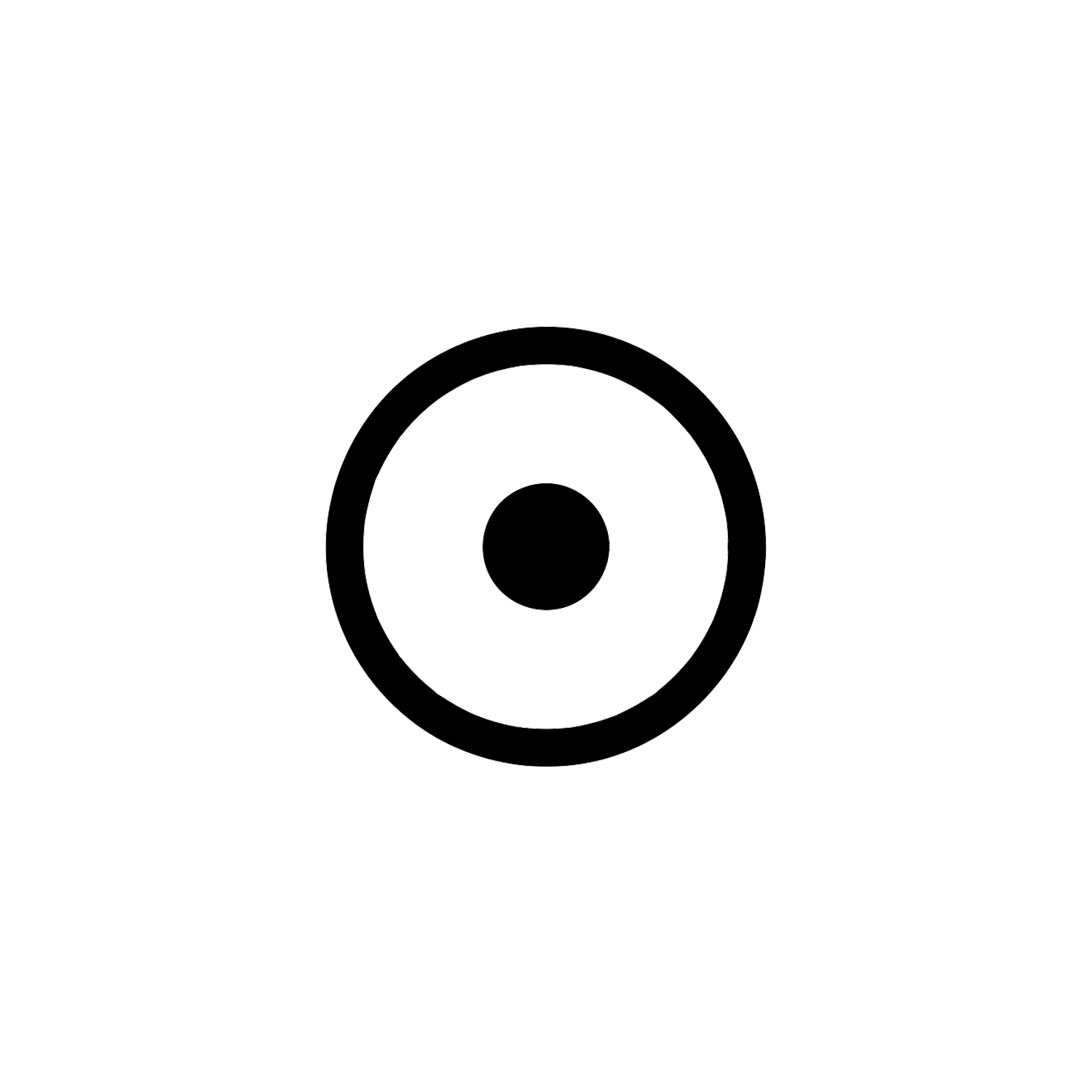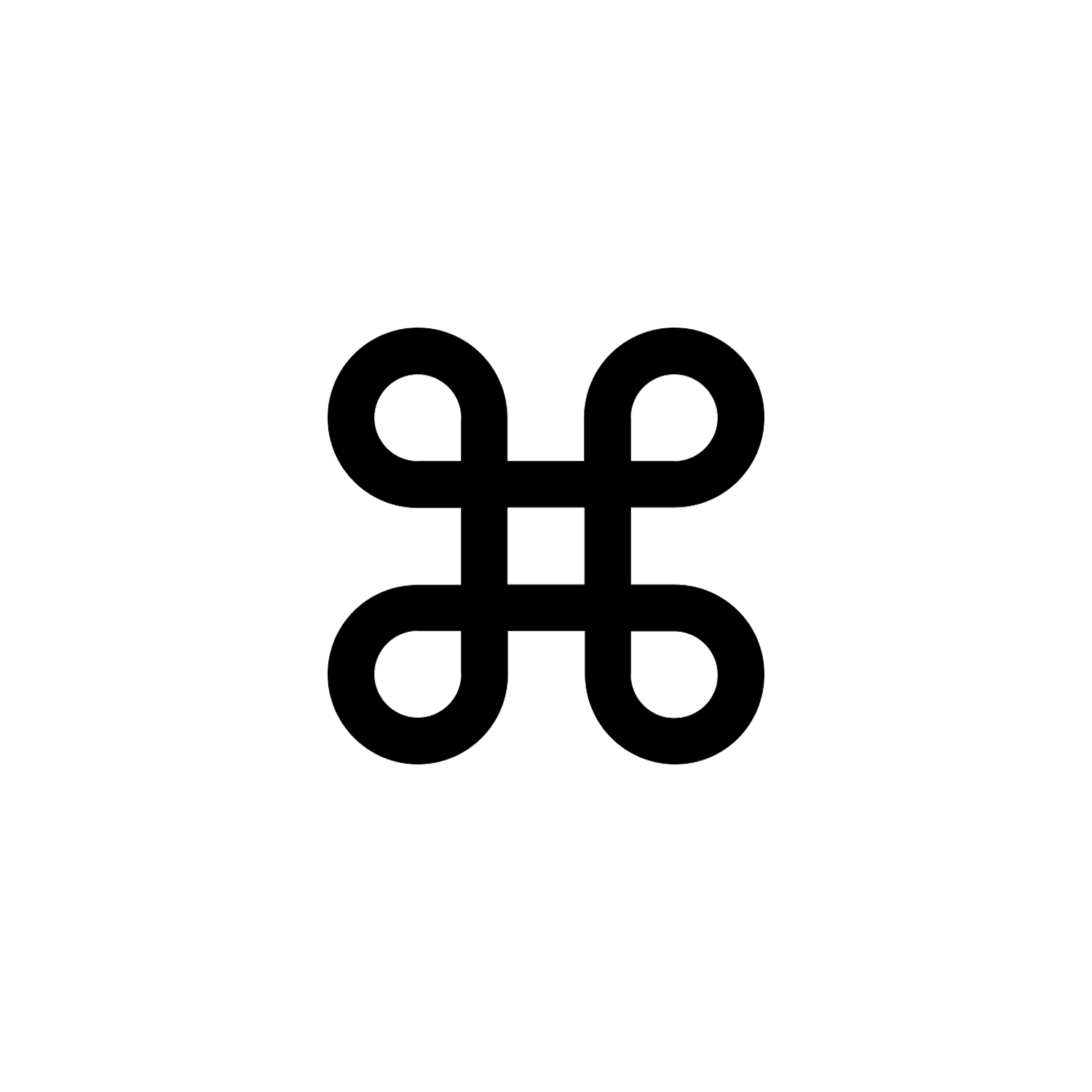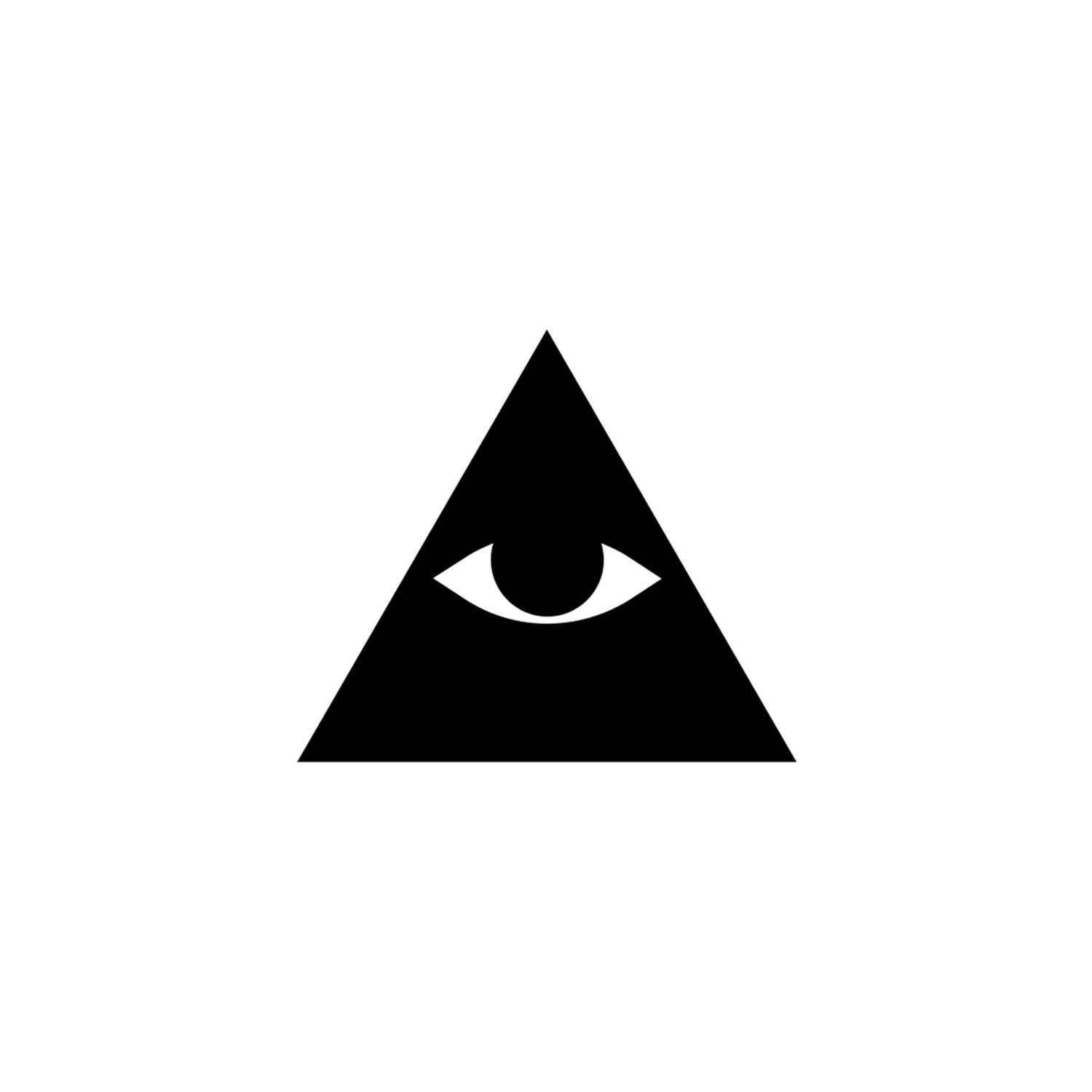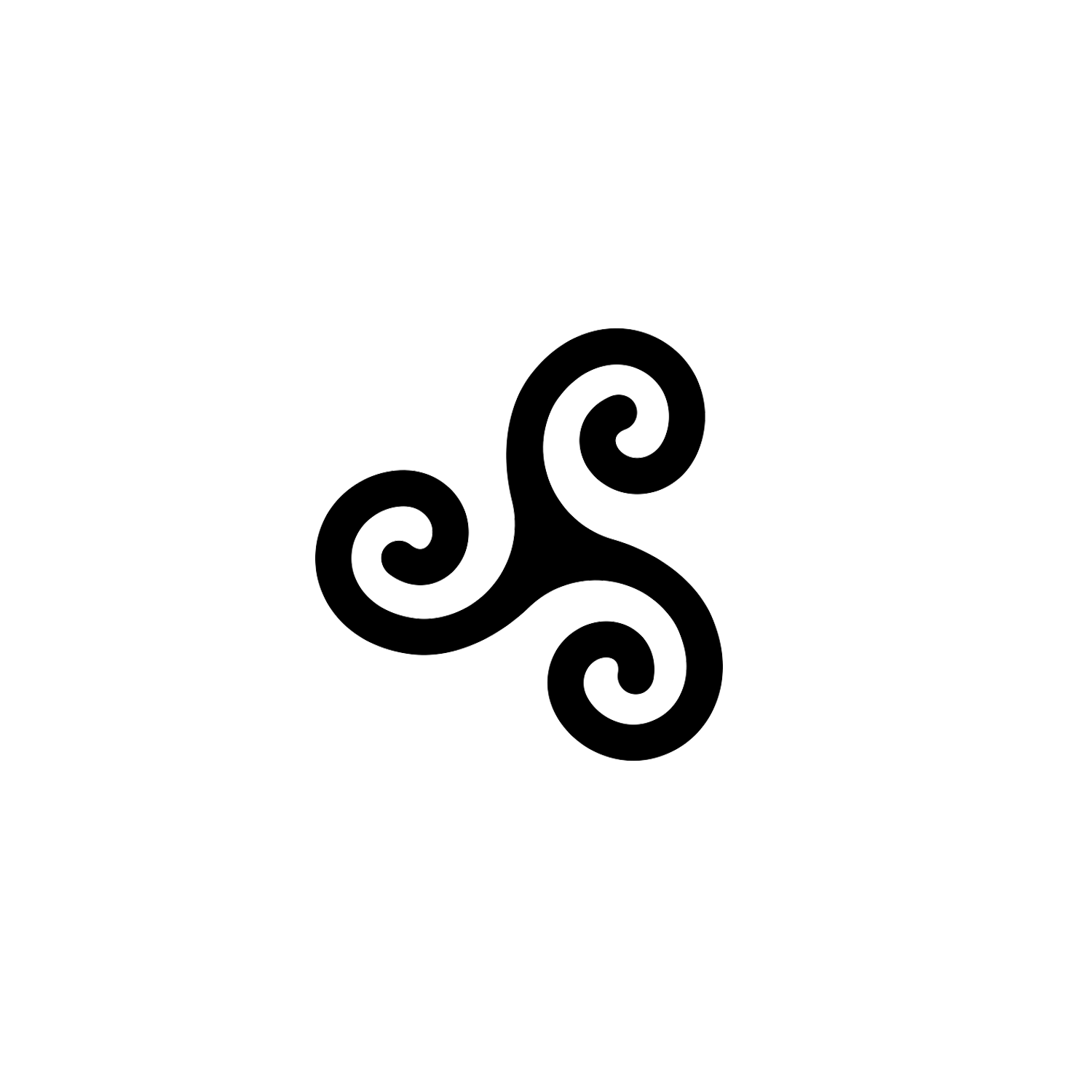Unicursal Hexagram
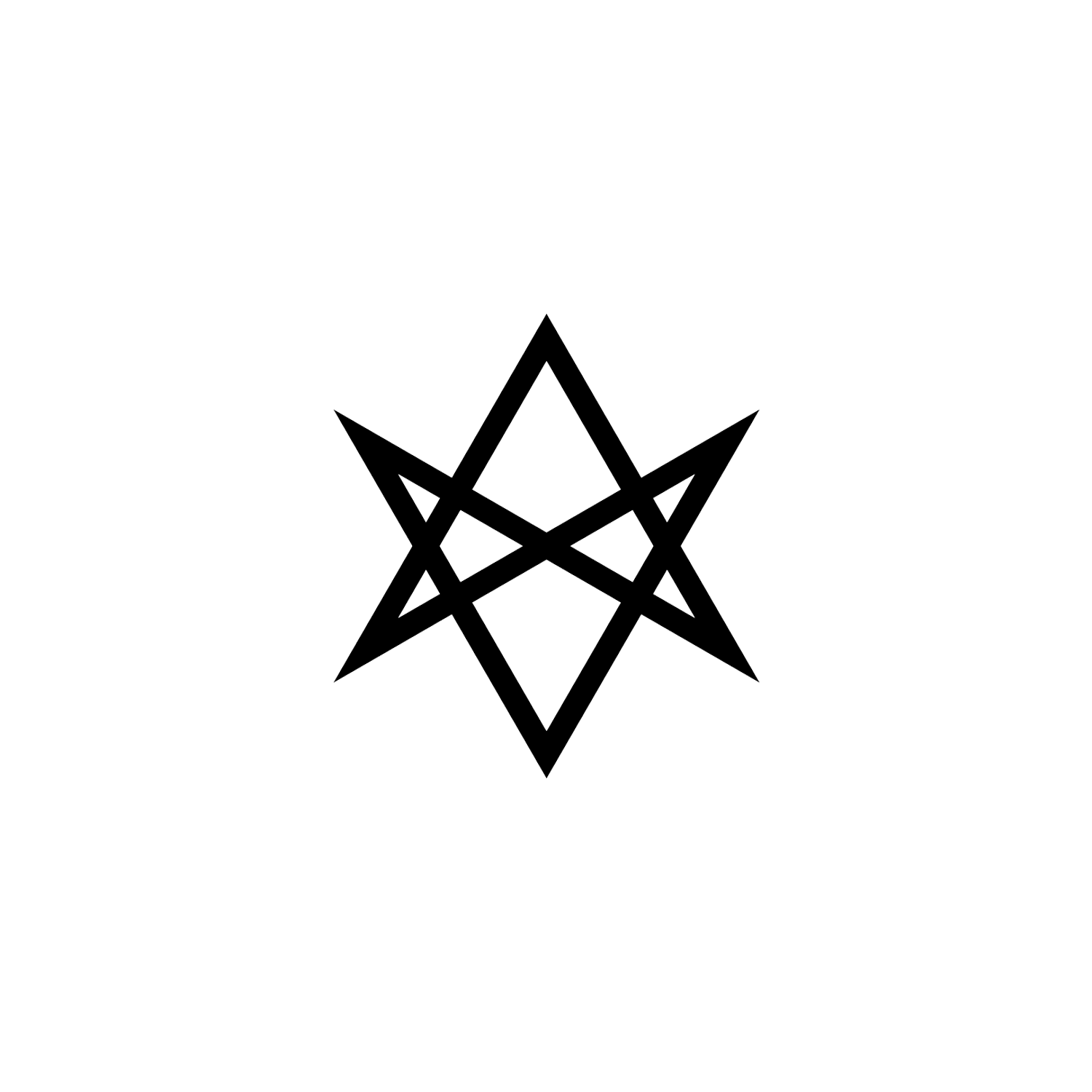

Unicursal Hexagram
Also referred to as Aquarian Star.
Overview
The unicursal hexagram is a hexagram or six-pointed star that can be traced or drawn unicursally, in one continuous line rather than by two overlaid triangles.
The symbol can also be depicted inside a circle with the points touching it. It is often depicted in an interlaced form with the lines of the hexagram passing over and under one another to form a knot. It is a specific instance of the far more general Hexagram shape discussed in Blaise Pascal’s 1639 Hexagrammum Mysticum.
Origin and Meaning
In Hermetic tradition the Hexagram in general represents the formula and accomplishment of the Great Work in both the material and spiritual worlds. It is composed of the symbols for Fire and Water. It is synonymous with the symbol of the Rose and Cross, the Ankh, Crux Ansata, the Sun and Moon Conjoined, and the Cross in the Circle (also known as a Sun Cross). It represents the union of the two opposites in Nature, male and female, light and darkness, activity and passivity, and all other opposites that constitute creation.[1]
In the Hexagram are not only contained the mysteries of Fire and Water, but also of Air and Earth. Notice that when you combine the symbols for Fire and Water to produce the grand symbol of the Hexagram, you also make the symbols for Air and Earth, which are the same as the symbols for Fire and Water but with a cross bar or line in each triangle which is formed in the Hexagram.[1]
In the spring of 1588, in the middle of his long peregrination, Giordano Bruno made a stop in Prague, home of the Emperor Rudolf II Hapsburg, where he hoped to attract the patronage of this sovereign. This brief interlude is also linked to the publication of a book titled “Essays upon the Mathematics of Mordente: One Hundred and Sixty Articles against the Mathematicians and Philosophers of this Age” (Prague: 1588) [2].
Italian philosopher, cosmological theorist, and Hermetic occultist Giordano Bruno employed the unicursal hexagram symbol to denote the Figura Amoris (“figure of love”), a component of the Hermetic trinity within his mathesis.[3]

While concrete evidence regarding the usage of the unicursal hexagram symbol by the Hermetic Order of the Golden Dawn remains elusive, several interpretations have been proposed by hermeticists who have delved into the topic.
One theory posits that the Golden Dawn employed the unicursal hexagram for rituals involving the invocation and banishment of planetary influences. The angles (and center) of the hexagram, in both the traditional and unicursal forms are used to evoke or banish planetary forces by means of formulating (drawing the lineal hexagram from a given point in a given way).[4]
Planetary hexagrams are formulated from the point of the planet being invoked or banished. The figure is said to be invoking if the line drawn passes the Saturn point in a clockwise manner, and banishing if the line passes the Saturn point in a counter clockwise manner.
Thus to invoke Saturn begin at the Saturn (topmost) point, proceed to the Venus (lower right) point and from Venus through Sol to Mars, from Mars to Luna, from Luna to Jupiter, from Jupiter through Sol to Mercury and from Mercury back to Saturn. To banish Saturn one begins at the Saturn point and proceeds to the Mercury (lower left) point and so forth.


The Golden Dawn system, based on principles laid down in the Sepher Yetzirah do this according to a Ptolemaic model. Simply stated when one observes the motions of the classical planets, over time, they traverse space relative to the background sky at various speeds.
The Moon is the fastest taking approximately one month to transit the entire ecliptic, Mercury has the next highest apparent velocity, followed by Venus, the Sun, Mars, Jupiter and Saturn, in that order. It is upon this basis that planets are attributed to the Sephiroth. So beginning above Earth as Malkuth (means “Kingdom”, the lowest circle at the bottom), the Sephiroth are attributed to the planets in order of increasing apparent velocity up to Binah (means “Understanding”). The Sephiroth are conceptualized as celestial spheres in their Macrocosmic form. It should be remembered that the Otz Chaim or Tree of Life of the Qabalists has two foundations in reality upon which it is predicated: the human body and the heavens, all other attributions are essentially synthetic.

An intimate relation exists between the Sefer Yetzirah and the later mystics; and although there is a marked difference between the later Kabbalah and the Sefer Yetzirah (for instance, the sefirot of the Kabbalists do not correspond to those of the Sefer Yetzirah), the system laid down in the latter is the first visible link in the development of Kabbalistic ideas.
The original reference to the Sefirot, also known as the Tree of Life, is found in the ancient Kabbalistic text of Sefer Yetzirah, “The Book of Formation”, attributed to the first Jewish patriarch, Abraham.[5]
Conversely, another theory suggests that the symbol holds alchemical significance rather than planetary associations. Consequently, it is cautioned against being used as a conventional hexagram in rituals such as the Ritual of the Hexagram.
In the Golden Dawn document titled “Polygons and Polygrams,” the unicursal hexagram is referred to as “the irregular third form” and “pseudo-hexagram.”[6] Furthermore, the document describes the symbol as signifying “the presidency of the Sun and Moon over the Four Elements, united in, and proceeding from, the Spirit.”
Aleister Crowley and Thelema
Thelema (/θəˈliːmə/) is a Western esoteric and occult social or spiritual philosophy,[7] as well as a new religious movement that was founded in the early 1900s by Aleister Crowley (1875–1947), an English writer, mystic, occultist, and ceremonial magician.[8] There is a whole article dedicated to Thelema and the Unicursal Hexagram with a Rose associated with it.
Central to Thelema is the idea of discovering and following one’s True Will, a unique purpose and calling that goes beyond ordinary desires. Crowley’s system begins with The Book of the Law, a text he said was dictated to him by an entity named Aiwass. This foundational work lays out key principles, including the central axiom “Do what thou wilt shall be the whole of the Law”. This principle emphasizes personal freedom and the pursuit of one’s true path, while being guided by love and finding one’s authentic purpose.
In Aleister Crowley’s Thelema, the hexagram is usually depicted with a five-petalled flower in the centre which symbolises the pentagram. The unicursal hexagram was one of the most prominent symbols, if not the most prominent one, in the Thelema religion.
According to some Thelemites, Crowley’s unicursal hexagram represents the union of mankind and God. The five-petal rose in the middle, which can be interpreted as a pentagram or a pentacle (note the difference), represents mankind while the hexagram with its six corners represents God.

It could also be interpreted that the union of God and man has already happened as the unicursal hexagram can be drawn in one continuous line. One of the Thelema religion’s main teachings in the Book of the Law is “Every man and every woman is a star”.[9]
Therefore, it could even be said that the man/woman in Crowley’s version of the unicursal hexagram has already become God as the Great Work, the Magnum Opus in the Thelema is about a man becoming fully integrated taking a spiritual path of transcendence.
Similarly, according to the Enchiridion of Thelema, Aleister Crowley’s unicursal hexagram represents the union of the microcosm and the macrocosm within the Neoplatonic system, that is to say, the realm of humankind and the Heaven, respectively. The number six represented Heaven while the number five represented humankind in medieval numerology and philosophy.
It is also important to note that Aleister Crowley believed the number eleven (the combination of the pentagram and the hexagram, as in 5 plus 6 equals 11) to be the number of magick.
The hexagram represents the heavenly macrocosmic or planetary forces and is a symbol equivalent to the Rose Cross or ancient Egyptian Ankh. The five petals of the flower represent the microcosmic forces of 5 elements of the magical formula YHShVH, constructed from the original form of Jesus to be Yeshua, a Hebrew Bible form of Joshua.[10] The rose in the center is a symbol equivalent to a pentagram or a pentacle as mentioned earlier. The two symbols together represent the interweaving of the planetary and elemental forces.[11]
Conclusion
Given the Unicursal Hexagram’s strong association with magic and occult circles, its history and meaning can vary greatly in different sources and they are largely a subject of personal interpretations.
The symbol represents the formula and accomplishment of the Great Work in both the material and spiritual worlds according to Hermetic tradition. It is composed of the symbols for Fire and Water. It is synonymous with the symbol of the Rose Cross, the Ankh or the Crux Ansata, the Sun and Moon Conjoined, and the Cross in the Circle. It represents the union of the two opposites in Nature, male and female, light and darkness, activity and passivity, and all other opposites that constitute creation.
It finds an common meaning with parts of the Sefirot, also known as the Tree of Life, and more precisely the ancient Sefer Yetzirah.
Today, the unicursal hexagram remains a widely embraced symbol, frequently worn as jewelry and charms, often perceived as a potent magical talisman. When embellished with a central rose, its affiliation with Thelema becomes evident.
[1] Cherubim, David (Frater Aurora Aureae). "The Hexagram of Magick", 1992.
[2] Chou, Peter Y. "Notes to Poem: Pondering about Poetry after a Billy Collins reading at Stanford".
[3] Del Giudice, Guido. Bruno and the Enigma of the Archetypes "The mystery of the images and an unknown book".
[4] Jones, David R. "On the Formulae of the Unicursal Hexagram". The Hermetic Library, hermetic.com
[5] Ginsburgh, Rabbi Yitzchak (2006). Genuth, Moshe (ed.). What You Need to Know about Kabbalah. Jerusalem: Gal Einai Institute. ISBN 965-7146-119.
[6] "Polygons and Polygrams", Golden Dawn Lectures.
[7] Crowley, Aleister (1996). Little Essays Toward Truth. New Falcon Publications. ISBN 1-56184-000-9. [...] But none of this shakes, or even threatens, the Philosophy of Thelema. On the contrary, it may be called the Rock of its foundation.
[8] Kaczynski, Richard (2010). Perdurabo, Revised and Expanded Edition: The Life of Aleister Crowley. North Atlantic Books. ISBN 978-1556438998.
[9] Crowley, Aleister. Liber AL vel Legis (1909). Wikisource.
[10] Ilan, Tal (2002). Lexicon of Jewish Names in Late Antiquity Part I: Palestine 330 BCE-200 CE (Texte und Studien zum Antiken Judentum 91). Tübingen, Germany: J.C.B. Mohr. p. 129.
[11] Duquette, Lon Milo (2003). Understanding Aleister Crowley's Thoth Tarot. Weiser. pp. 43–53. ISBN 1578632765.
Latest Symbols
Monthly Digest
A summary of symbols for the month in a quick read format straight to your inbox.


